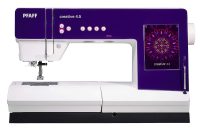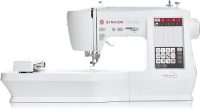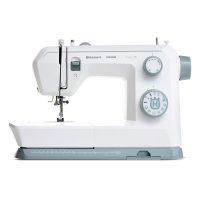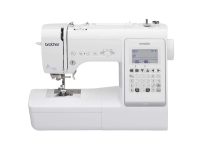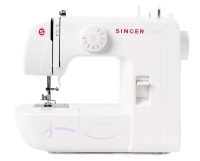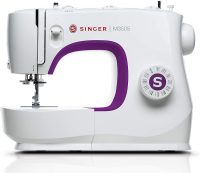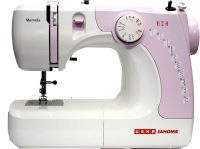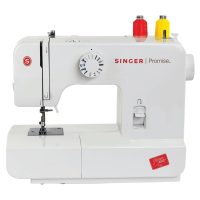
Best 10 Sewing Machines In India - 2025 Edition
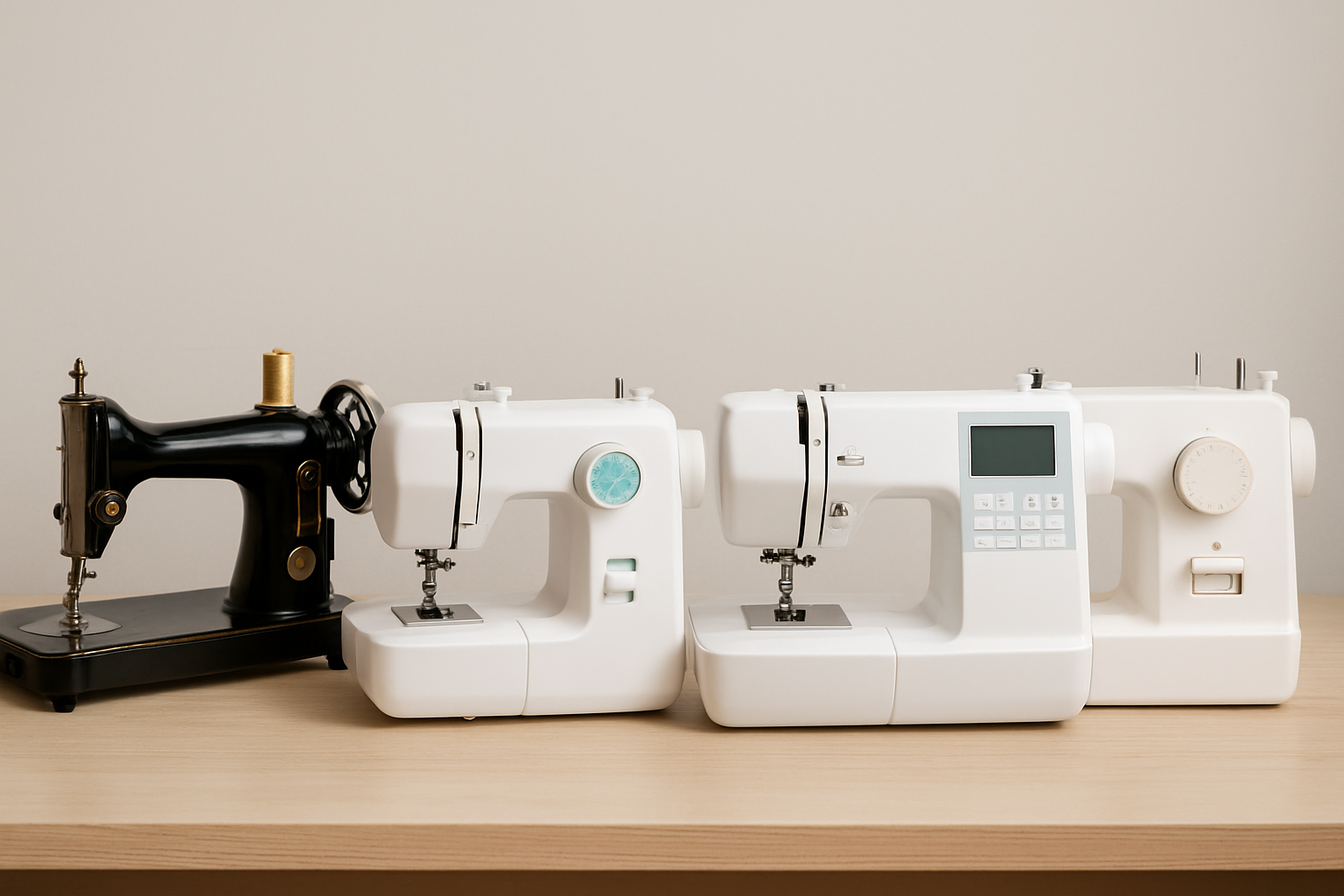
Selecting the ideal sewing machine involves considering several factors, including your budget, skill level, and the type of sewing projects you plan to undertake. Different models offer varying levels of stitching options, automation, and ease of use.
While some machines are perfect for basic stitching and repairs, others are built for advanced tasks like embroidery, quilting, and heavy-duty fabric work. Modern sewing machines also come with features like automatic threaders, programmable patterns, and LCD controls, allowing you to sew with greater precision and minimal manual effort.
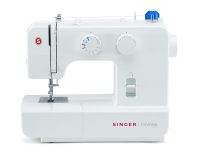
Singer 1409 Electric Sewing Machine -Built-in Stitches 9 and 22 stitch functions
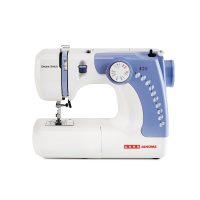
Usha Janome Dream Stitch Automatic Zig-Zag Electric Sewing Machine
Types of Sewing Machines: A Complete Overview
When choosing a sewing machine, it’s essential to understand the different types and technologies available. They primarily fall into automatic and manual/standard categories, with subtypes based on their features—mechanical, computerized, embroidery, heavy-duty, and hybrid machines.
Automatic (Computerized) Sewing Machines
Automatic sewing machines are designed for ease of use and precision. Equipped with programmable settings and LCD screens, they offer built-in stitch patterns, speed control, and even automatic thread cutting.
✅ Pros:
User-friendly with digital controls and auto-stitch selection
Ideal for consistent results and complex designs
Often include embroidery and quilting functions
Great for beginners and advanced users alike
❌ Cons:
Higher price due to advanced technology
May have a learning curve for complete beginners
🛠️ Manual / Mechanical Sewing Machines
These machines offer basic stitching capabilities with manual controls. They’re great for simple tasks like hemming, repairs, and basic dressmaking.
✅ Pros:
Budget-friendly and long-lasting
Ideal for beginners or occasional users
Simple design with fewer chances of malfunction
❌ Cons:
Limited stitch patterns and features
Manual operation requires more effort and precision
Heavy-Duty Sewing Machines
Built with strong motors and metal frames, heavy-duty machines handle thick fabrics like denim, canvas, and leather with ease.
✅ Pros:
Powerful performance for professional or large-scale projects
Long-lasting and durable
Great for tailors or home businesses
❌ Cons:
Bulkier and heavier than standard models
More expensive than basic machines
Embroidery Sewing Machines
These machines are tailored for decorative stitching and intricate embroidery work. Some include USB ports to upload custom designs.
✅ Pros:
Excellent for creative and decorative projects
Hundreds of built-in embroidery designs
Ideal for home-based craft businesses
❌ Cons:
Expensive compared to regular machines
May require additional embroidery hoops and stabilizers
Hybrid (All-in-One) Sewing Machines
These combine regular sewing, embroidery, and quilting features into one unit, offering maximum versatility.
✅ Pros:
Versatile for a variety of stitching styles and projects
Great for users who sew, embroider, and quilt
Saves space and cost versus buying separate machines
❌ Cons:
Pricier than single-purpose machines
May include features you don’t need
Additional Features to Consider
When shopping for a sewing machine, look for these helpful extras:
Built-In Stitches: More patterns = more flexibility
Automatic Needle Threader: Saves time and effort
Speed Control: Adjustable for beginners and advanced users
Free Arm: Easier to stitch cuffs, sleeves, and pants
Presser Feet Attachments: For zippering, buttonholes, quilting, etc.
Warranty & Service: Crucial for long-term use and maintenance
Final Thoughts
Sewing machines come in a range of types to match your experience level, project types, and creative needs. For simple household repairs, a manual machine works well. If you’re a hobbyist or small business owner, a computerized or hybrid model can expand your possibilities.
Ultimately, the best sewing machine is one that fits your budget, skills, and sewing goals. Invest in the right one, and enjoy years of creativity, productivity, and beautifully stitched results.
topreviewhome.com is a participant in the Amazon Services LLC Associates Program, an affiliate advertising program designed to provide a means for sites to earn advertising fees by advertising and linking to amazon.in.
© topreviewhome.com 2025 | All Rights Reserved.
